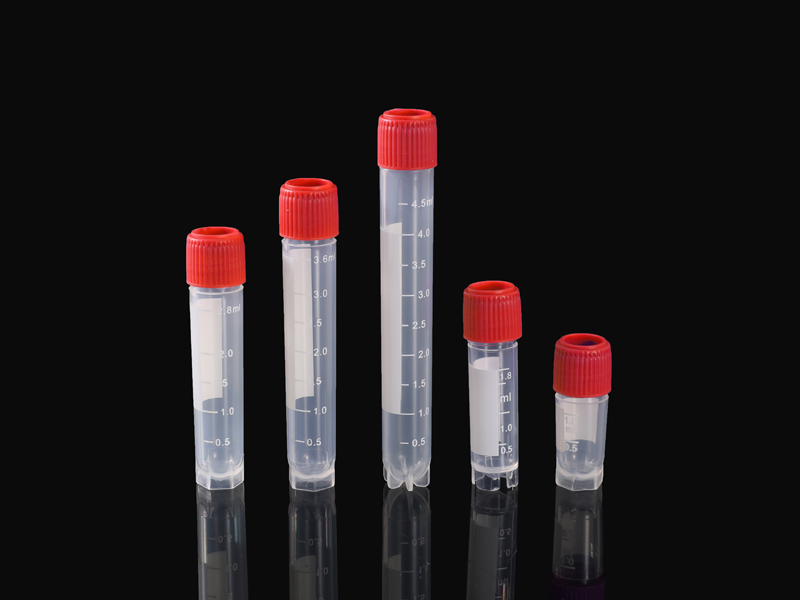Lab tube is a commonly used instrument in chemical laboratories, used as a reaction container for a small amount of reagents, and used at room temperature or heating. Lab tubes are divided into ordinary lab tubes, lab tubes with branches, and centrifuge lab tubes.
Precautions for lab tube use:
(1) Do not exceed 1/3 of the lab tube capacity when filling the solution, and not exceed 1/3 of the lab tube capacity when heating.
(2) When using a dropper to drop liquid into the lab tube, it should be suspended in the air, and it should not be extended into the lab tube mouth.
(3) To take the block solid, use tweezers to place it on the lab tube mouth, and then slowly erect the lab tube to make the solid slippery.
Into the bottom of the lab tube, do not allow the solid to fall directly to prevent the bottom of the lab tube from breaking.
(4) Use lab tube clamps for heating, and the lab tube mouth should not face people. When heating the lab tube containing the solid, the mouth of the tube is slightly downward and tilts about 45° when heating the liquid.
(5) The heating should be even to avoid bumping or tube explosion.

(6) It can't be cooled rapidly after heating to prevent cracking.
(7) Preheat when heating to prevent the lab tube from bursting due to sudden heat.
(8) When heating, keep the outer wall of the lab tube free of water droplets to prevent uneven heating and bursting.
(9) After heating, the lab tube cannot be washed before it has cooled to room temperature.
(10) When using the lab tube clamp to clamp the lab tube, put the lab tube clamp up from the bottom of the lab tube and clamp it on the lab tube
In the upper part, if the lab tube length is divided into three equal parts, it is reasonable that the lab tube clamp is clamped within one-third of the end of the lab tube.

 简体中文
简体中文











